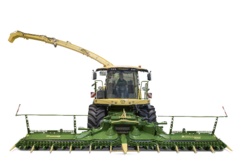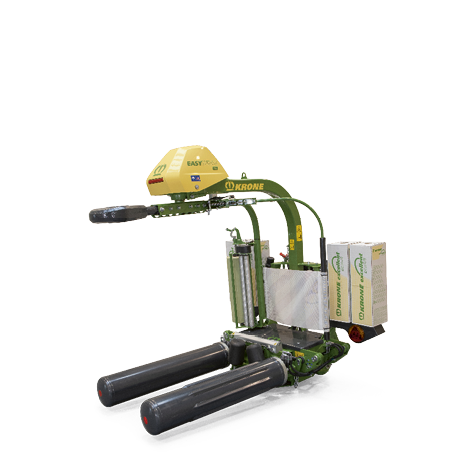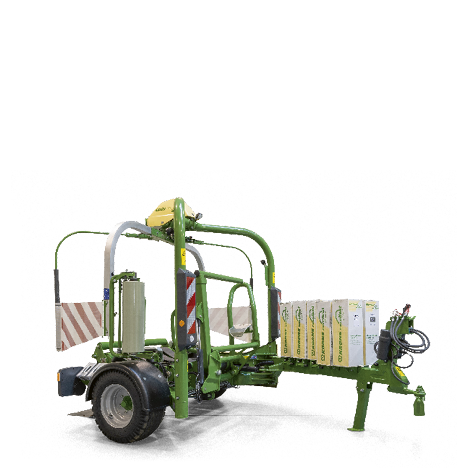Bale Wrappers
At Krone UK, we provide superior machines that ensure your bales are wrapped efficiently and securely. Choose Krone UK for your bale wrapping needs and experience the difference of working with industry-leading equipment designed for maximum productivity and performance.
1. What does a bale wrapper do?
Bale wrappers are essential pieces of machinery in the agricultural industry. They are used to wrap bales of hay, straw, or silage in a protective film, helping to preserve the quality of the bale and protect it from weather conditions.
The wrapping process also promotes the fermentation of silage and helps maintain its nutritional value.
The Krone UK product range includes the mounted bale wrapper, the EasyWrap 150, and their trailed bale wrapper, the EasyWrap 165 T. Each product is designed to provide efficient, durable, and user-friendly bale wrapping solutions for a variety of agricultural needs.
2. What benefits do our bale wrappers offer?
Our bale wrappers offer flexibility and control that's hard to beat because they include adjustable wrapping speeds and cutting-edge control systems.
Advantages of bale wrappers include:
- Preservation of Quality: Wrapping bales helps maintain their quality by protecting them from weather conditions and promoting the fermentation process.
- Storage Flexibility: Wrapped bales can be stored in a variety of locations, providing flexibility in storage options.
- Efficiency: Modern bale wrappers can wrap bales quickly and efficiently, saving time and labour.
3. What is the difference between a mounted and a trailed bale wrapper?
A mounted bale wrapper is attached directly to the tractor, while a trailed bale wrapper is towed behind the tractor. The choice between the two depends on your specific needs and the type of tractor you have.
4. What is the best way to wrap hay bales?
Wrapping hay bales is an important process in preserving the quality of the hay and ensuring it remains nutritious for livestock. Here are the steps to effectively wrap hay bales:
- Bale the Hay: The first step is to bale the hay. This should be done when the hay has a moisture content of around 40-60% for round bales and 30-40% for square bales. The bales should be tightly packed to minimise the amount of oxygen inside, which can lead to spoilage.
- Prepare the Wrapper: Load the bale wrapper with the appropriate plastic wrap. Ensure the wrap is loaded correctly and that the tension is set properly. The wrap should be stretched to about 55-70% of its original length.
- Wrap the Bale: Place the bale on the wrapper and start the wrapping process. The bale should be wrapped with at least 4-8 layers of plastic, but more may be needed depending on the conditions such as storage duration. The ends of the bale should receive extra layers as they are more prone to damage and spoilage.
- Seal the Bale: Once the bale is wrapped, it's important to properly seal the end of the plastic wrap to prevent air from entering. This can be done by cutting the wrap with a sharp blade and then pressing it against the bale so it adheres.
- Store the Bale: After wrapping, the bale should be moved to its storage location as soon as possible to avoid damage. The bales should be stored on a well-drained surface and checked regularly for holes or damage to the plastic.
Remember, the goal of wrapping hay bales is to create an anaerobic (oxygen-free) environment that allows the hay to ferment, rather than rot.
This process turns the carbohydrates in the hay into organic acids, preserving the nutritional value of the hay and making it more palatable for livestock.
Whether you're a small farm or a large agricultural enterprise, our range of bale wrappers is diverse enough to cater to all needs.
Krone UK's commitment to quality, innovation, and durability makes our bale wrappers a trusted choice among farmers across the UK.
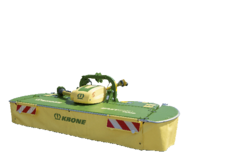
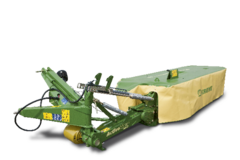
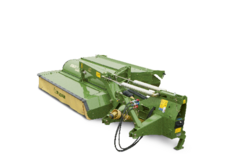
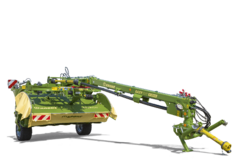
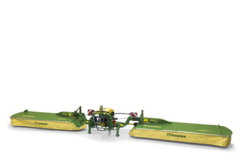
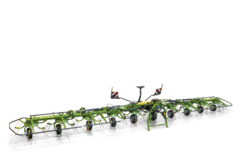
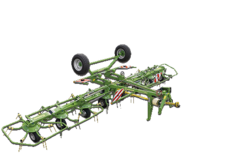
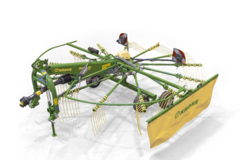
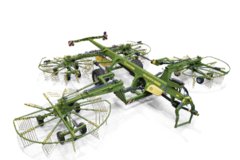
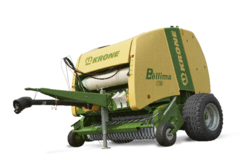
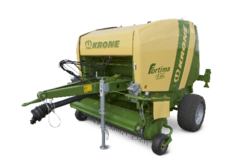
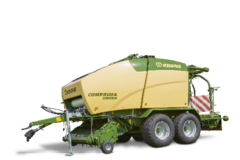
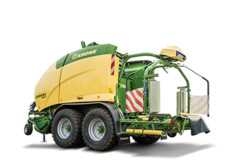
![[Translate to EN:] [Translate to EN:]](/fileadmin/_processed_/9/4/csm_VariPack_Freisteller_f4bfc269dd.png)
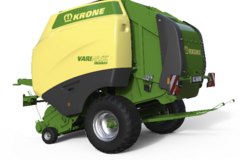
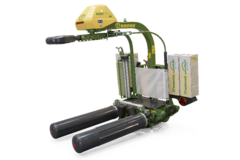
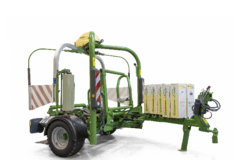
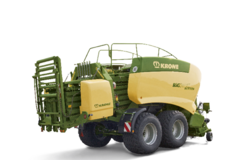
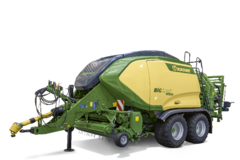
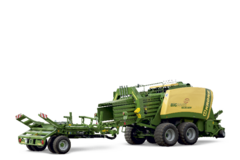
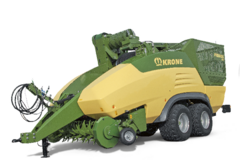
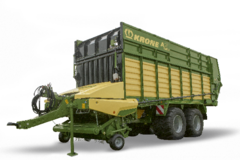
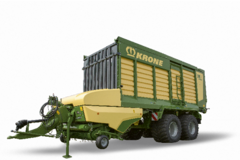
![[Translate to EN (UK):] [Translate to EN (UK):]](/fileadmin/_processed_/4/f/csm_RX_Freisteller_468x468px_6ecb398329.png)
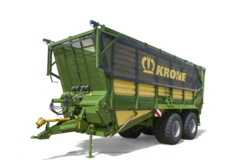
![[Translate to EN (UK):] [Translate to EN (UK):]](/fileadmin/_processed_/0/a/csm_ZX_Freisteller_468x468px_cc1e39f93f.png)
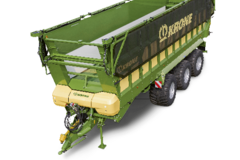
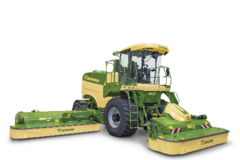
![[Translate to EN (UK):] Testname Forage harvesters - BiG X 480 · 530 · 580 · 630](/fileadmin/_processed_/4/7/csm_BiGX480_Freisteller_468x468px9_1017c2fa62.png)
